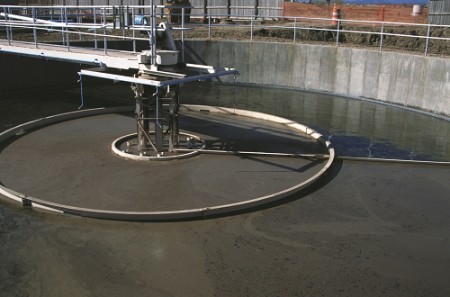 Laberge Group ultimately determined that while it was not cost effective to treat all of the Town’s wastewater at a new Town-owned facility, a new plant could economically treat a large portion of the current and future sewer service areas.
Laberge Group ultimately determined that while it was not cost effective to treat all of the Town’s wastewater at a new Town-owned facility, a new plant could economically treat a large portion of the current and future sewer service areas.
During the negotiation process with the City, Laberge Group provided support to the Town Officials through cost comparison information and present worth analysis. In addition, Laberge Group recommended steps to be taken to advance a new treatment facility concept to the Town.
The Town of Plattsburgh has 10 sewer service areas that connect to the City of Plattsburgh for wastewater treatment. The Town has had significant growth in the last 10 years and anticipates steady growth in the future. Due to the nearly $700,000 per year expense to have the City treat their wastewater, the Town commissioned Laberge Group to conduct a preliminary feasibility study to examine the cost effectiveness of constructing a Town owned and operated Wastewater Treatment Facility to meet present and future demands.
The evaluation included the review of existing Town sewerage flows and future projections based upon anticipated population
growth and build out statistics per the Town’s current master planning documents. It was determined that a wastewater
treatment facility capable of treating 1.8MGD was required. Discharge limits for the facilities were established on a
preliminary basis in conjunction with the Department of Environmental Conservation.
Laberge Group provided preliminary facility location recommendations and set forth a conceptual plan to bring Town wastewater to the plant from various parts of the Town. Due to the configuration of the Town of Plattsburgh and its location along Lake Champlain, a series of pumping stations were recommended to convey the wastewater as far as eight miles.Laberge Group concluded that an aerated lagoon and
Laberge Group concluded that an aerated lagoon and sequencing batch reactor were both appropriate treatment technologies for this particular installation. Based mostly upon operation and maintenance expenses, the aerated lagoon proved to be the more cost efficient of the two types of facilities.


